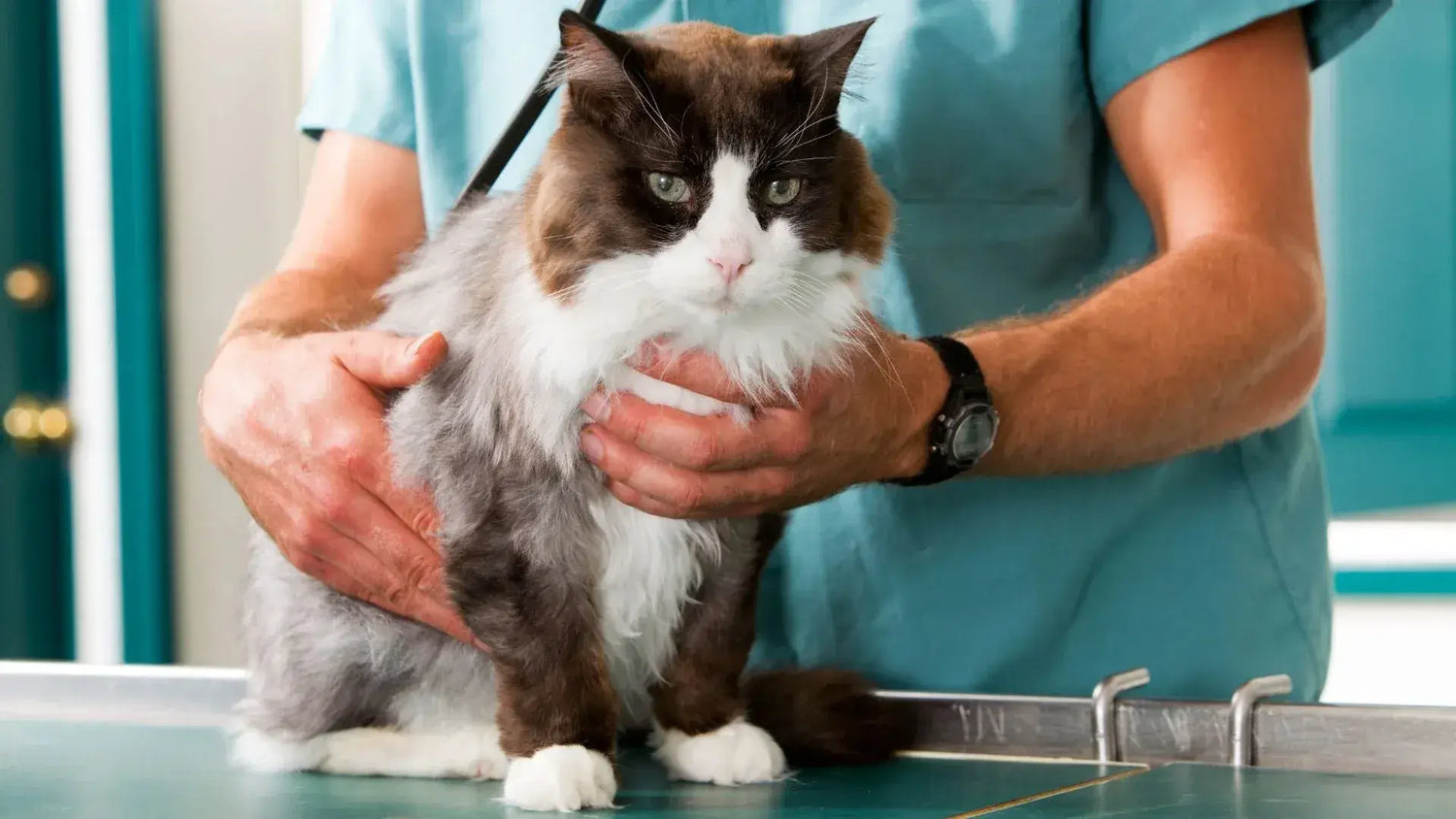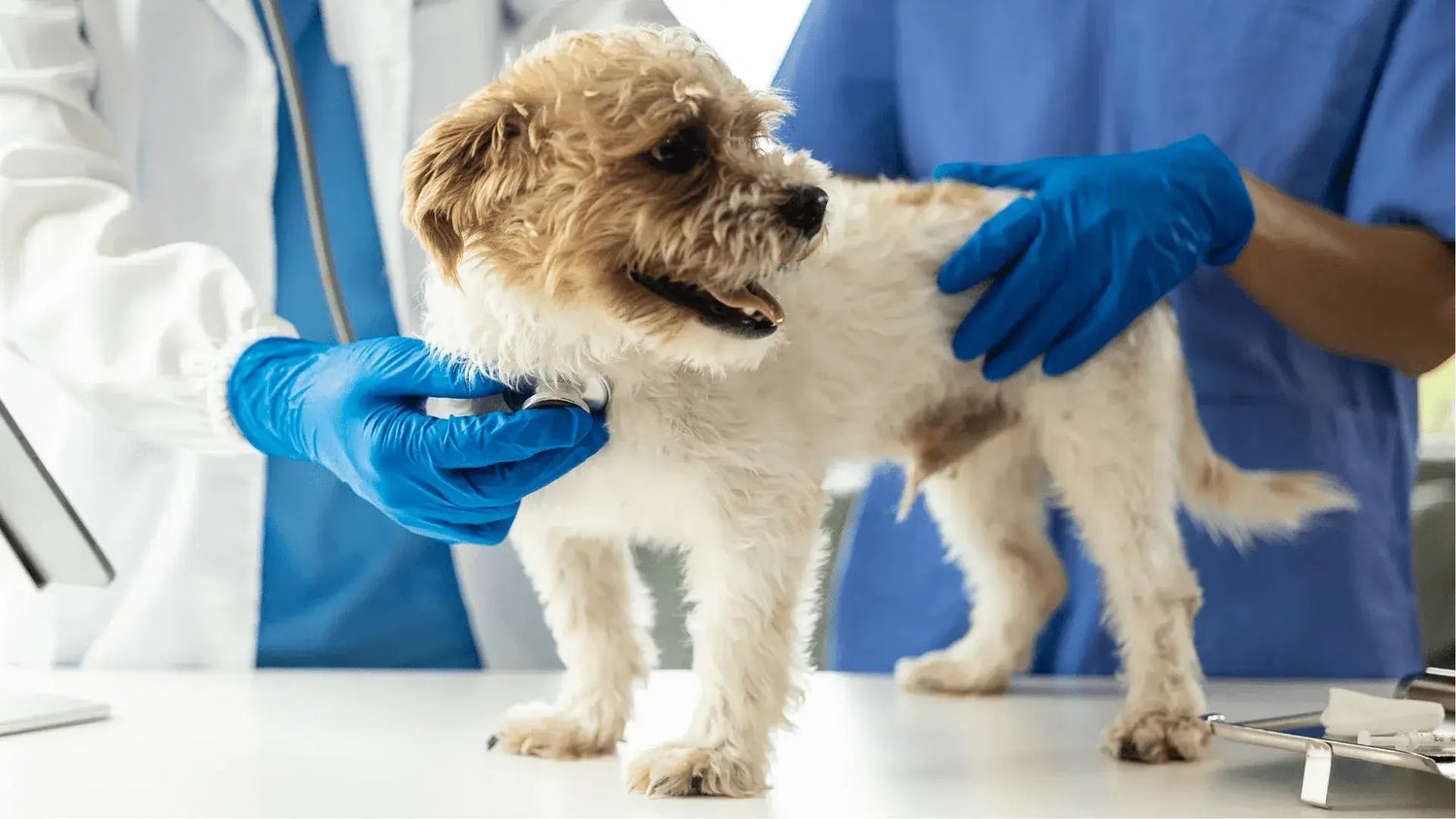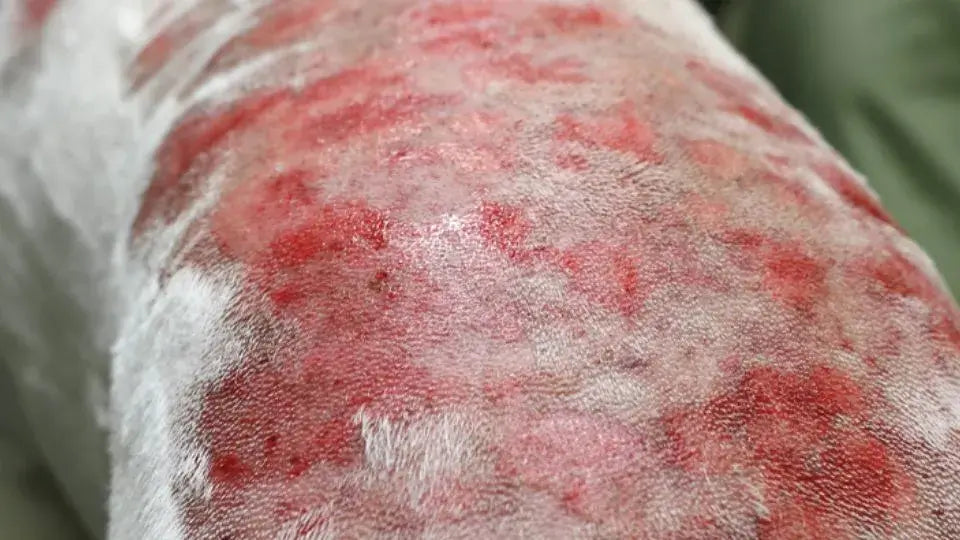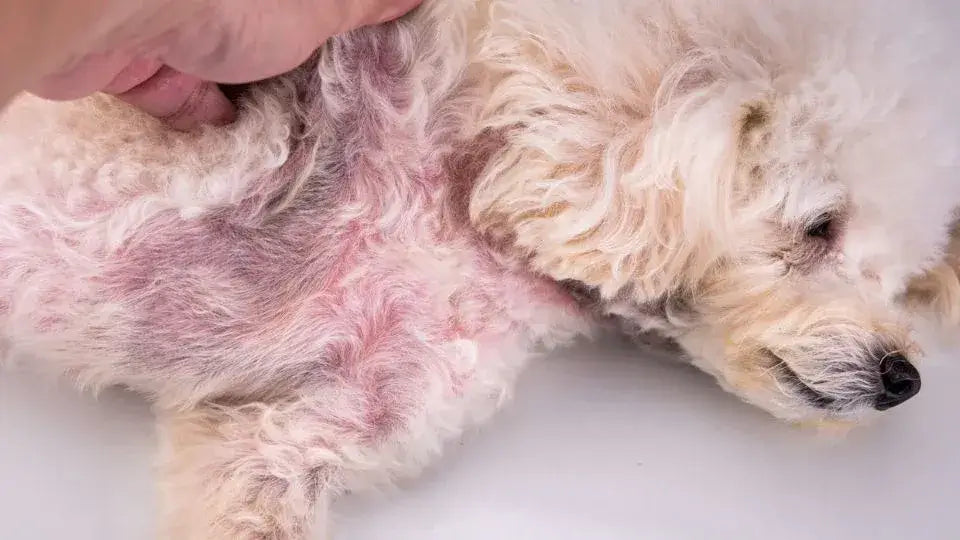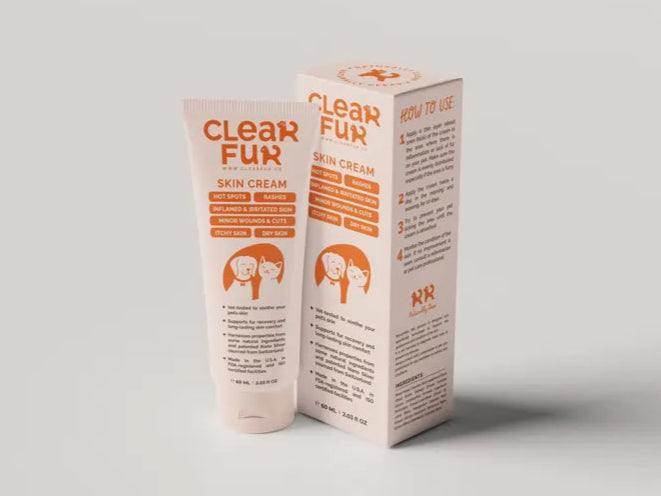Introduction
Preventing hot spots on dogs is much easier than treating them. By taking proactive measures, you can help ensure your dog stays comfortable and healthy. In this blog post, we'll share practical tips and tricks to prevent hot spots on dogs.
Regular Grooming
Keeping your dog's coat clean and well-groomed is one of the most effective ways to prevent hot spots. Regular brushing removes loose hair, dirt, and debris that can irritate the skin. For dogs with long or thick coats, regular grooming helps prevent mats and tangles that can trap moisture and bacteria. Mats can be particularly problematic as they create an ideal environment for bacteria to thrive, leading to skin infections and hot spots. Grooming sessions also provide an excellent opportunity to check for any early signs of skin issues, allowing for prompt treatment.
Flea and Tick Prevention
Fleas and ticks can cause intense itching and lead to hot spots. Use flea and tick preventatives recommended by your veterinarian to keep these pests at bay. Regularly check your dog for signs of fleas and ticks, especially after spending time outdoors. Flea and tick preventatives come in various forms, including topical treatments, oral medications, and collars. Ensure you follow the recommended schedule for these preventatives to maintain continuous protection. Additionally, maintaining a clean home environment by vacuuming regularly and washing your dog’s bedding can further help in controlling these pests.
Balanced Diet
A healthy diet is crucial for maintaining your dog's skin and coat health. Ensure your dog is getting all the necessary nutrients, including omega-3 fatty acids, which are known to support skin health. Consult your vet for dietary recommendations tailored to your dog's needs. Poor nutrition can weaken your dog's immune system, making them more susceptible to skin infections and hot spots. Including foods rich in vitamins E and A can also promote healthy skin and a shiny coat. Always provide fresh water to keep your dog hydrated, as proper hydration is essential for skin health.
Keep Your Dog Dry
Moisture can create an ideal environment for bacteria to thrive, leading to hot spots. Dry your dog thoroughly after baths, swimming, or exposure to rain. Pay special attention to areas where moisture can get trapped, such as under the collar, between the toes, and in skin folds. Moisture-prone areas should be checked and dried regularly, especially in breeds with dense coats or skin folds. Using a towel or a pet-safe blow dryer can help ensure these areas are completely dry. Additionally, providing a dry, clean sleeping area can help prevent moisture-related skin problems.
Address Allergies
Allergies can cause itching and lead to hot spots. Work with your vet to identify and manage any allergies your dog may have, whether they are related to food, environmental factors, or other allergens. Allergy management may involve dietary changes, medications, or avoiding specific allergens. Common environmental allergens include pollen, dust mites, and mold, while food allergies might be triggered by specific proteins or grains. Antihistamines or other allergy medications prescribed by your vet can help manage symptoms and reduce the likelihood of hot spots developing.
Regular Vet Check-Ups
Regular veterinary check-ups can help identify and address underlying health issues that could contribute to hot spots. Conditions like hypothyroidism or arthritis can cause dogs to lick or chew excessively, leading to hot spots. During these check-ups, your vet can also assess your dog's overall skin health and provide recommendations for preventing hot spots. Routine blood tests and physical exams can detect early signs of potential health problems, allowing for timely intervention. Keeping up with regular vet visits ensures that any emerging issues are promptly addressed.
Use Protective Measures
If your dog has a tendency to lick or chew certain areas, consider using protective measures like an Elizabethan collar (cone) to prevent self-inflicted hot spots. These collars can be particularly useful during allergy seasons or if your dog has an injury. Protective clothing, such as doggy shirts or socks, can also be helpful in preventing your dog from aggravating irritated areas. Behavioral training and providing distractions, such as chew toys, can also reduce obsessive licking or chewing.
Conclusion
Preventing hot spots on dogs requires a combination of good grooming habits, proper diet, and vigilance against pests and allergens. By following these tips and tricks, you can significantly reduce the risk of hot spots and keep your dog comfortable and healthy. For added protection and quick relief from any skin issues, consider using ClearFur Skin Cream. This fast-acting and effective solution, made with natural ingredients and patented nano silver, helps soothe and heal your dog's skin, providing a barrier against further irritation. By incorporating ClearFur Skin Cream into your pet care routine, you can ensure your dog's skin stays healthy and hot spot-free.



